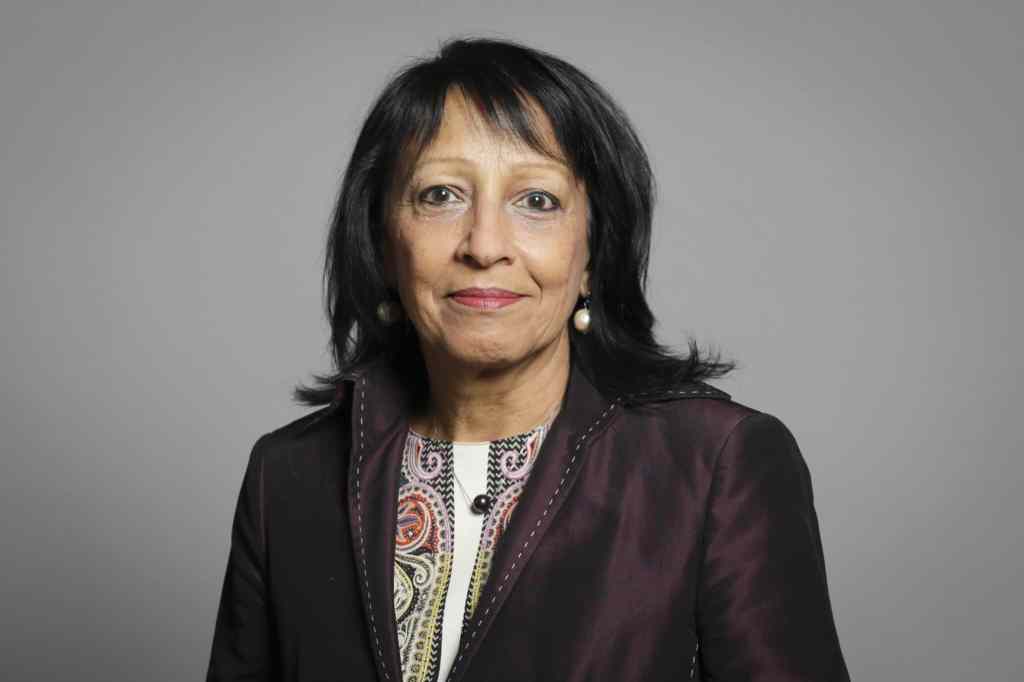The UK’s human rights watchdog, the EHRC, has removed its controversial interim guidance which was published shortly after the Supreme Court’s ruling on the legal definition of ‘sex’.
Back in April, the highest court in the UK issued its verdict in the case of For Women Scotland vs Scottish Ministers, deciding that the 2010 Equality Act’s definition of a woman is based on biological sex only, a decision that excluded trans women.
Just a few days later, the Equality and Human Rights Commission (EHRC) – which oversees the enforcement of equality law – published interim guidance that recommended service providers bar trans men and women from single-sex services and facilities that align with their gender and adding in “some circumstances” transgender people could also be barred from spaces based on “biological sex”.
It was later clarified that the “circumstances” related to where “reasonable objection” could be taken to a trans person’s presence, such as in female spaces, when “the gender reassignment process has given [a trans man] a masculine appearance or attributes”.
The interim EHRC guidance was criticised by trans organisations, human rights groups and businesses who might be forced to implement such policies, with many describing it as akin to an all-out ‘bathroom ban’ whilst legal action has been lodged against it by the Good Law Project.

As of Wednesday (15 October) the interim guidance has been removed from the EHRC’s website, with the watchdog telling service providers to “take specialist legal advice” ahead of the approval of updated guidance by parliament.
After the interim guidance was published in April, the EHRC staged a consultation period on the updating of its Code of Practice, which was extended from two weeks to six after pressure from the Women and Equalities Committee and trans groups who criticised the limitations of the original time period.
In September, the EHRC announced it had sent a finished version of the Code to the equalities minister – and favourite to become Labour’s deputy leader – Bridget Phillipson. A leak published The Times suggested the guidance would not be too dissimilar to what was outlined in the interim guidance.
The final version has not been made public.
Commenting on the removal of the interim guidance, the Good Law Project’s executive director, Jo Maugham, said it comes too late.
“I’ve spent six months talking to trans people who are afraid to go out because of the climate of fear the EHRC’s interim guidance created,” Maugham said.
“Some are suicidal – and I am aware of people who have sought to take their own lives. The EHRC has finally taken it down – and my question to them is: if the High Court finds the guidance unlawful, will you apologise to those whose lives you have so profoundly harmed?”
Jess O’Thomson, the Good Law Project’s trans rights lead, the guidance has not only had a “devastating impact on trans people’s lives”, but may also have encouraged organisations to act unlawfully.
“Now the guidance has been withdrawn,” O’Thomson said, “so should the exclusionary policies that organisations rashly implemented in its aftermath. If not, they could find themselves in hot water.”

After removing its interim guidance, the EHRC’s chair wrote a letter to Phillipson urging the government to speed up her approval of the new Code of Practice.
Baroness Kishwer Falkner, chairwoman of the Equality and Human Rights Commission, said: “It’s our mission to ensure people are treated fairly, consistent with the Equality Act. So as Britain’s independent equality regulator, we must put accurate information on the law in the hands of those that need it.
“Our previous services Code of Practice was first published in 2011. Since then, there have been significant changes in legislation and case law, with practical implications across the protected characteristics set out in the Equality Act.
“The content in this version of the code currently in force is based on the EHRC’s previous misinterpretation of the Equality Act 2010. The practical implications of this are that the 2011 code is now unlawful and will continue to be so until the minister makes an order to withdraw it.
“We have been told by some organisations that they intend to continue using this now unlawful code until the revised code is published, therefore allowing practices inconsistent with the law to persist.”
She went on to say the updated code “accurately reflects the law” and is “informed by the two public consultations we ran to ensure it is as clear as possible”.
“It will help organisations the length and breadth of this country comply with the Equality Act. We know that demand is there and that it increased significantly following the Supreme Court’s judgment on the definition of sex, in April 2025,” she continued.
“The updated code ought to be brought into force as soon as possible. How quickly this happens is now in the government’s hands. We urge them to act at speed.
“In the meantime – as we have said consistently since 16 April – duty-bearers must ensure that they comply with the law, seeking their own expert legal advice if necessary.”
The post UK human rights watchdog withdraws much-criticised interim guidance encouraging trans exclusion appeared first on PinkNews | Latest lesbian, gay, bi and trans news | LGBTQ+ news.